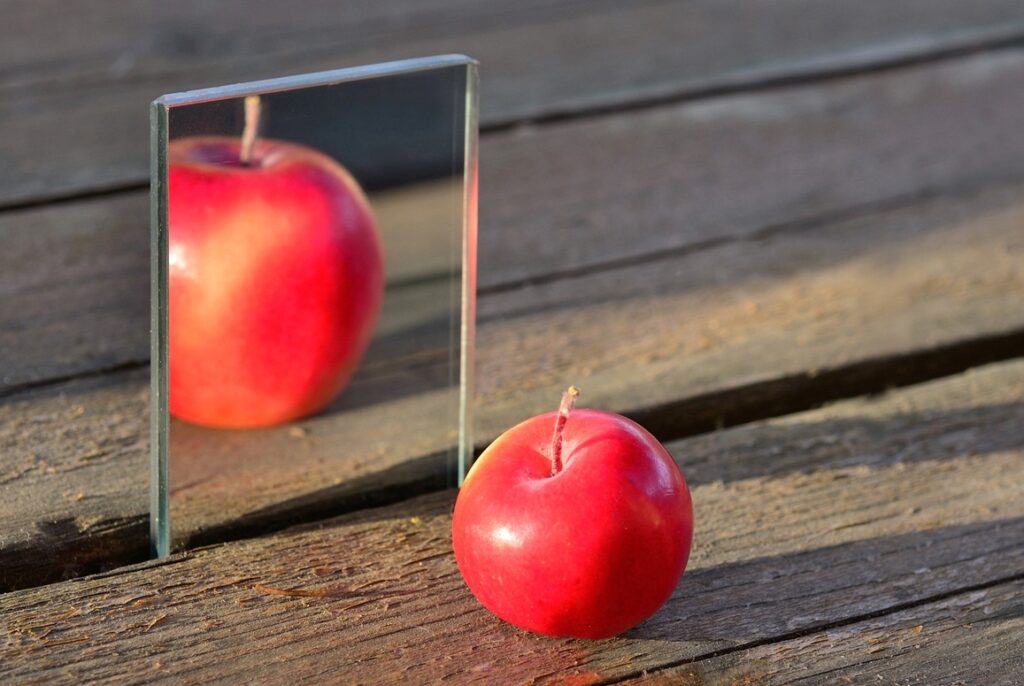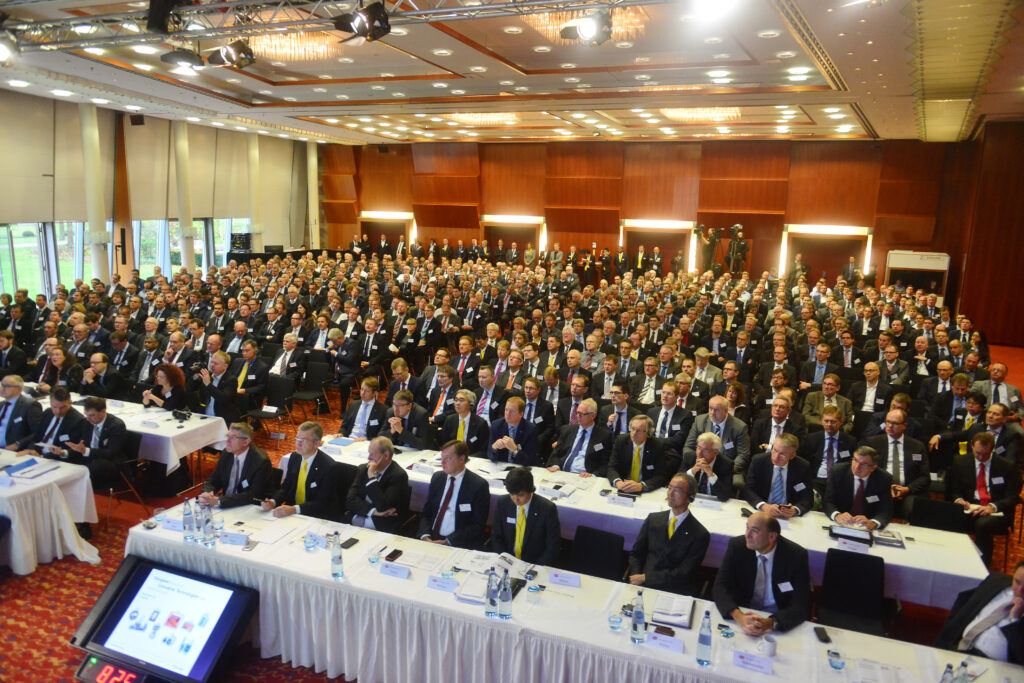…it’s got enough enemies already!
This post is all about process safety, even though there are plenty of parallels that can be drawn to IT / OT security.
An everyday example
Cars today are far more than simply a means of transport on four wheels; they’re technically advanced systems with a growing number of safety and assistance functions. The infrastructures are well developed and safe to use. The training undergone by car drivers takes longer and is more expensive than ever before. It’s not enough just to put your foot on the gas pedal and occasionally slam the brakes – modern cars bear an increasing resemblance to mobile high-tech computers. Yet in spite of this, they often end up in the scrapyard ahead of time.
But what about the people and animals that continue to get accidentally run over by a car regardless of all the safety precautions? Giant billboards adorn the highways warning of the potentially fatal consequences should your attention wander for a minute: there are still an awful lot of casualties on the roads even though cars are safer than at any time in the past and predictive technology is all the rage.
Why do cars meet with an untimely death?
It’s because they have “enemies”. Their two main enemies are “wear” and “human error” (whether inadvertent or deliberate). In this context, they both result in the premature death of a car (and possibly its occupants).
Wear – enemy number one
Wear comes in many different guises: normal wear and tear, aging, abrasion, material fatigue.
These are all different words for the same problem: a deterioration in the performance of an existing system. Cars are made to be driven. If all they do is stand around doing nothing, time and weather conditions have an easy victim. Cars are not meant to stay put inside a garage and be admired by the owner for their elegant design; no, they want to be set in motion and looked after! No matter how thrilled you are at the sight of your beloved convertible – which is well on the way to becoming a modern classic – lubricants age and fail and materials corrode. Nothing lasts forever and one day your car will inevitably start falling to bits!
On the other hand, as soon as you put it to use, it’s exposed to the adverse effects of traffic. Material abrasion, fluid and lubricant consumption et cetera. This is where one of our “friends” comes into play, namely maintenance.
The system (your car) has started to deteriorate owing to “wear”. It’s no longer in mint condition the way it was when you bought it. To restore it to the shape it was in originally, or at least as close to that shape as possible, and prevent even worse signs of “wear”, you decide to have it serviced (maintained).
It comes back to you with fresh fluids and lubricants, new gaskets and maybe also a software update. Apart from fixed interval servicing, for instance after you clock up a certain number of miles, many cars display the due date for the next service electronically on the instrument panel. Does that sound familiar to you? You’re just about to set off for a relaxing weekend in the country when your onboard computer butts in: “Coolant level too low” or “Service due”. These alerts often call for urgent action and could lead to imminent serious damage if disregarded. A cost-benefit analysis is always recommended here. Is it still worth having that “heap of scrap metal” serviced anymore? It’s something you need to keep an eye on. But whatever you decide to do …
“Condition monitoring” and “maintenance” are our “friends”!
Human error – enemy number two
Let’s now turn our attention to enemy number two: human error, improper use and sheer ignorance. The deterioration of the system (your car) is accelerated as a result and if you bypass the safety devices, for instance if you disable the ESC because you want to enjoy a more “sporty” feel, that system could soon prove to be deadly. It makes no difference whether you do this deliberately or inadvertently: the outcome is the same.
All those extra lessons, driver safety training courses and daily use evidently can’t prevent human error from wearing your car out faster or transforming it into a deadly system. And by the way, handling a car may be much easier than it used to be, but the manual has become as thick as a full-length novel in the meantime. After all, many of the useful features it describes are hidden somewhere deep down in the onboard computer.
Be that as it may, the manual and road traffic regulations as well as driving lessons and tests all serve to communicate the methods and procedures you must be familiar with in order to drive a car properly, economically and safely.
Unfortunately, there’s also the human factor. Methods and procedures may be vitally important, but they’re not enough on their own. Methods and procedures need to be monitored and practiced over and over again. If you want to restrict human error to a minimum, there’s no alternative. And you can probably never rule it out altogether.
“Methods” and “procedures”, and ways to “monitor” them, are our “friends”!
Safety in the process industry – friends & enemies?
Now imagine the process industry, and in particular safety systems. Is the above example transferable? What are the friends and enemies of my safety systems?
Stick with me for Part 2! Along with the friends and enemies of safety systems, I’ll also be taking a look at the design targets.




